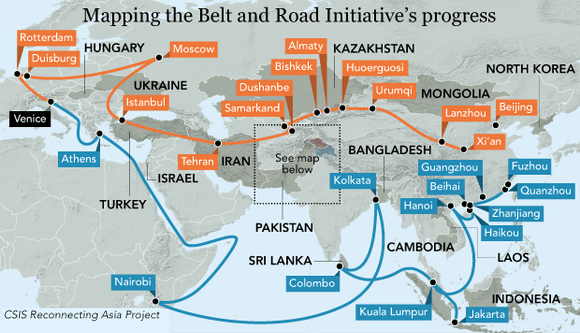Author’s Note: Over the last few weeks, I have been using this space to write about the lessons I learn from
organizations with respect to their supply chain management, but not limited to
it. I have also been attempting to convey my learnings as a narrative, and a
story of sorts. So, if you want to learn something informative whilst having
some entertainment, go ahead and read away! If you want to read my previous blog posts, click here!
😊
Shanmugeshwari, MBA '21
Amrita School of Business, Coimbatore
TIMEKEEPING AT OLYMPICS
When I was entering my teenage years, I religiously followed sports –
all kinds of sports, any kind of sports. I remember watching the 2008 Beijing
Olympics, carefully scheduling the time slots of my favorite sports along with
my school timing. If there is one event that took the world by storm that year,
it must be the Swimming! The year Michael Phelps made history winning 8 gold
medals. I could still vividly remember how his 7th race happened when Milorad Cavic almost grabbed that gold medal. But, suddenly, Phelps made a mini-stroke, propelling his upper body out of the water, and slamming the wall with
his hands on the follow-through. Nobody could tell who finished first, because
while one glided with big strokes, the other stroked shorter and faster. Even
with the slow-motion replays, the reviewers could not decide.
So, how did they conclude who won the race?
How did they prove the protesting Serbian committee of Milorad wrong?
Luckily for the Olympics committee, they used high-tech timekeeping
touchpad systems by Omega. Omega’s touchpad determined that Phelps won by one
1/100th of a second i.e., Phelps' time was 50.58 seconds while Milorad finished
at 50.59 seconds!
Why did they choose Omega for this responsibility and not any other
brand?
The Swiss Time Company has maintained its reputation for precision for
over 150 years now and has introduced new technologies to enhance the
timekeeping process.
The Mexico City Games of 1968 represented the first time that all
Olympic sports, including the touchpad system for swimming, used electronic
timekeeping. Omega and its subsidiary Swatch developed and introduced 20 new
ways of timekeeping technology at the 1996 Summer Olympic Games in Atlanta,
including the use of the Global Positioning System (GPS) to record the
performances of 10,318 competitors, a record in itself. One hundred and
ninety-six engineers and technicians came from Switzerland to support this
hi-tech effort carrying 100 tons of equipment. Omega mobilized the aid of 450
engineers and technicians and 420 tonnes of equipment during the 2008 Beijing
Olympic Games. While this support may seem unnecessary, preserving the
reputation of Omega goods and services is a critical part of it.
In its line of personal timepieces, Omega applies the same degree of
commitment. The Department of Quality Assurance puts every part of the
timepiece through rigorous testing to ensure that it meets strict quality
standards.
Four quality tests for Omega timepieces include:
- To analyse the accuracy of the piece, the movement of the internal structures of the timepieces is examined through stringent testing. In order to ensure that each watch retains an acceptable degree of temperature resistance, vibration resistance, and shock resistance, the Technical Development Department also performs laboratory tests.
In the concept stage, the exterior casing of each piece must be approved even before it enters the production stage. Before it advances to the next level, a series of checks, such as its ability to withstand water, is tested.
- Omega ensures that all facets of the timepieces can hold up against the toughest conditions in the world, meaning that each dial and hand is exposed to an ultraviolet examination to ensure that the timepiece stays intact following exposure to intense sunlight or humidity.
- While it may not be the most technical feature of the Omega timepiece, the strap of each piece must still uphold certain consistency requirements. To prove its durability, each one is put through rigorous mechanical tests.
The commitment of Omega to quality is what makes the firm so respected.
Omega strives to offer a premium product that has withstood several tests of
time, whether its watches that are used to help a person be on time for a
business dinner or to assess the outcomes of Olympic performances.






















